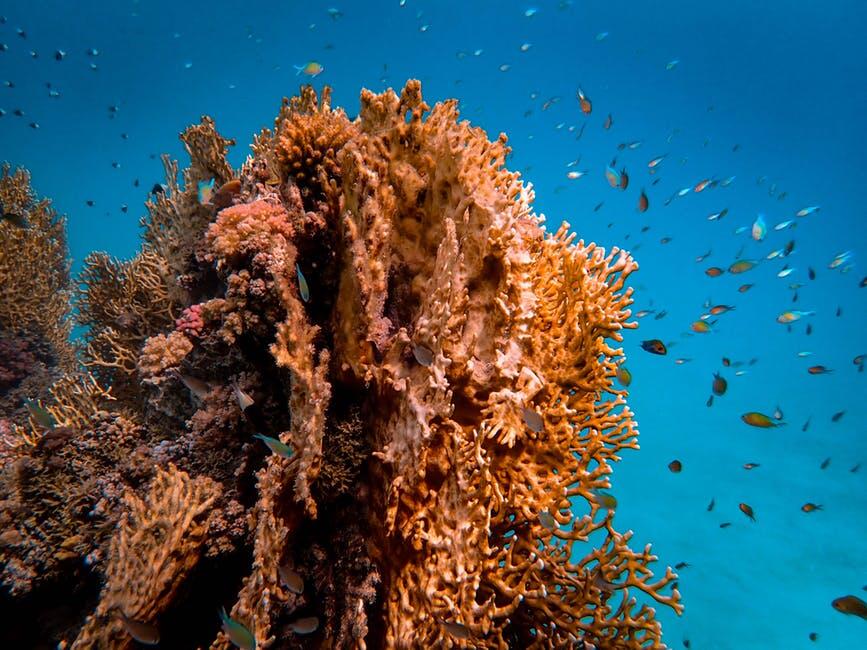Exploring the underwater world is one of the most exciting adventures anyone can experience. Beneath the surface lies a colorful realm filled with coral reefs, fascinating marine life, and mysterious shipwrecks.
Each destination and season offers unique diving opportunities. Some places have clear water and calm seas during certain months, while others are best visited when marine creatures are most active. Knowing when to go can make your diving experience unforgettable.
This guide will help you understand the best times to explore coral reefs, shipwrecks, and marine life around the world.
Understanding the Importance of Timing
The ocean changes with the seasons, and these changes affect what divers see. Water temperature, currents, and visibility vary throughout the year. Certain marine animals migrate, breed, or feed during specific months.
Coral reefs may look brighter and more active at particular times, while shipwrecks can be easier to explore when the water is calm. Choosing the right time to dive can help ensure safety and provide the best views. Timing your dive trip well is the key to witnessing the underwater world at its best.
The Best Season for Coral Reef Diving
Coral reefs thrive in warm, clear, and stable water conditions. Generally, the dry season is the best time to explore coral reefs because there is less rain and better visibility. In tropical regions, this usually means diving between April and October.
During these months, the water is calm, and sunlight penetrates deeply, revealing the bright colors of coral gardens. The marine life is also very active, from tiny clownfish to graceful manta rays. Avoiding the rainy season can prevent cloudy water and rough waves that make diving less enjoyable.
Discovering Shipwrecks in Calm Conditions
Shipwreck diving is both exciting and mysterious. These underwater relics tell stories of history, adventure, and sometimes tragedy. To fully enjoy them, divers should aim for times when the sea is calm and visibility is high. Calm waters allow for safer exploration around sharp or enclosed areas.
The best conditions for wreck diving often occur in late spring or early autumn, depending on the region. During these periods, there are fewer storms, and underwater visibility is clearer. Exploring a shipwreck with good lighting and stable conditions makes the experience more rewarding and less risky.
Watching Marine Life During Migration Seasons
Many marine species travel great distances every year. Whales, dolphins, sea turtles, and sharks migrate for feeding or breeding. Timing your dive with these migrations can make your trip unforgettable. For example, humpback whales can often be seen from June to October in some tropical areas.
Sea turtles come ashore to lay eggs between November and March in many regions. Knowing these migration patterns helps divers plan trips when the sea is alive with movement. Seeing a school of dolphins or a passing whale up close is a magical moment for any diver.
Diving in Tropical Destinations
Tropical destinations are often at the top of every diver’s list. Places like the Maldives, Fiji, and the Philippines offer warm waters and stunning marine biodiversity. The best diving season in most tropical areas is during the dry months when rainfall is minimal and visibility is at its best.
In the Pacific, this usually falls between May and October. During this time, coral reefs bloom with color, and marine life is easy to spot. Warm water temperatures also make it comfortable to stay underwater longer. These conditions attract both new and experienced divers from around the world.
Exploring Cooler Waters for Unique Encounters
Not all great diving spots are in tropical waters. Cooler regions such as Australia’s southern coast, California, and parts of Europe offer fascinating dives as well. These areas feature kelp forests, cold-water corals, and unique species like sea lions and giant cuttlefish.
The best time to dive in cooler waters is usually during summer when the sea is calmer, and the air temperature is warmer. Visibility improves as plankton levels drop, allowing divers to see more of the underwater landscape. Exploring these colder regions gives a new perspective on marine beauty and variety.
The Magic of Night Diving
For a different kind of underwater adventure, try diving at night. The ocean transforms after sunset, as nocturnal creatures come out to feed and explore. Coral reefs often glow under your dive light, and many species like lobsters, crabs, and octopuses become active.
The best time for night diving is during calm, clear nights when the sea is gentle. It’s also better to dive where moonlight can help illuminate the water. Always go with an experienced guide to ensure safety. Night diving reveals a mysterious and peaceful side of the ocean that daytime divers rarely see.
Exploring the South Pacific’s Hidden Gems
The South Pacific is home to some of the most stunning dive sites on Earth. Places like Vanuatu, Tonga, and Palau offer crystal-clear waters, colorful reefs, and historic shipwrecks. Divers can explore coral gardens, volcanic formations, and WWII wrecks all in one region.
The best time to dive in these areas is usually from May to October, when water conditions are calm and visibility is high. This is also when marine life like turtles, reef sharks, and tropical fish are most active.
The Vanuatu Dive Calendar is a great guide for planning the ideal time to visit these breathtaking underwater locations. Each island offers something special for every diver, whether you’re chasing history, marine biodiversity, or serene underwater landscapes.
All About Coral Reefs, Shipwrecks, and Marine Life
The ocean is full of wonders waiting to be explored, from colorful coral reefs to haunting shipwrecks and thriving marine life. Each season offers something different, whether it’s calm water, clear visibility, or the chance to see migrating creatures.
The key to an unforgettable diving adventure is choosing the right time and place. When you plan carefully and respect the underwater world, every dive becomes a new discovery.
The sea rewards those who approach it with curiosity, patience, and care. So, get ready, plan wisely, and dive into the beauty that lies beneath the waves.
If you’d like to learn more, check out more articles on our blog.







